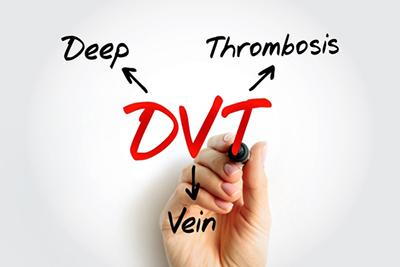How To Recognize and Manage Complications of DVT

- posted: Aug. 29, 2024
Montross Extremity Medical, with Dr. William Montross can handle many health problems to ensure you’re happy and robust. For instance, we know how to handle Deep Vein Thrombosis (DVT) in Colorado Springs, CO, residents. With these tips, you can spot common DVT complications and make sure that they don’t impact your life too heavily.
Pulmonary Embolism
DVT is ubiquitous in the legs and can cause blood clots that can quickly get loose and move through the blood system. A pulmonary embolism like this could soon end up moving into the lungs and causing a blockage. When this happens, there’s a real danger of long-term symptoms or even a heart attack. This reaction occurs in 1 in 10 people who have DVT.
Pay attention to problems like rapid breathing, shortness of breath, severe chest pain, sudden and fast heartbeats, bloody coughs, and trouble eating. If not managed immediately, it could cause heart failure, trouble breathing, sudden death, and high blood pressure in the lungs. Don’t hesitate to contact Montross Extremity Medical and Dr. Montross when this happens.
Post-Thrombotic Syndrome
If you have Deep Vein Thrombosis (DVT) in Colorado Springs, CO, there’s a real chance you might develop this problem. It occurs when a clot in your arm or leg stays in one position too long and damages the vein or valve. When injured, veins might not let blood flow smoothly, and this could cause it to pool and become stagnant in your body, causing many problems.
Expect symptoms like pain, swelling, darkened skin over the affected area, skin sores, and varicose veins. Preventing this problem requires wearing compression stockings, keeping your arms or legs raised while resting, getting a balloon angioplasty or stenting, or removing the clot surgically. All these steps can ensure that you manage DVT without developing this problem and can minimize your long-term complications without triggering worse issues.
Phlegmasia Curlea Dolens
This severe condition causes extreme fluid buildup in a central vein and smaller ones. It occurs most commonly in the left leg (four times more than the right) and causes skin whitening that may transition to blue. You might also develop blisters, feel burning sensations, notice tingling on the skin, or struggle to keep your muscles strong while you move.
Our Team Will Help You Recover
At Montross Extremity Medical, Dr. Montross can help you with Deep Vein Thrombosis (DVT) in Colorado Springs, CO, to ensure you catch all these complications. By working with our team and managing this problem ASAP, you can give yourself a more robust and healthier heart. Email us at [email protected] to learn more about this therapy, or call (719) 365-7340 today.